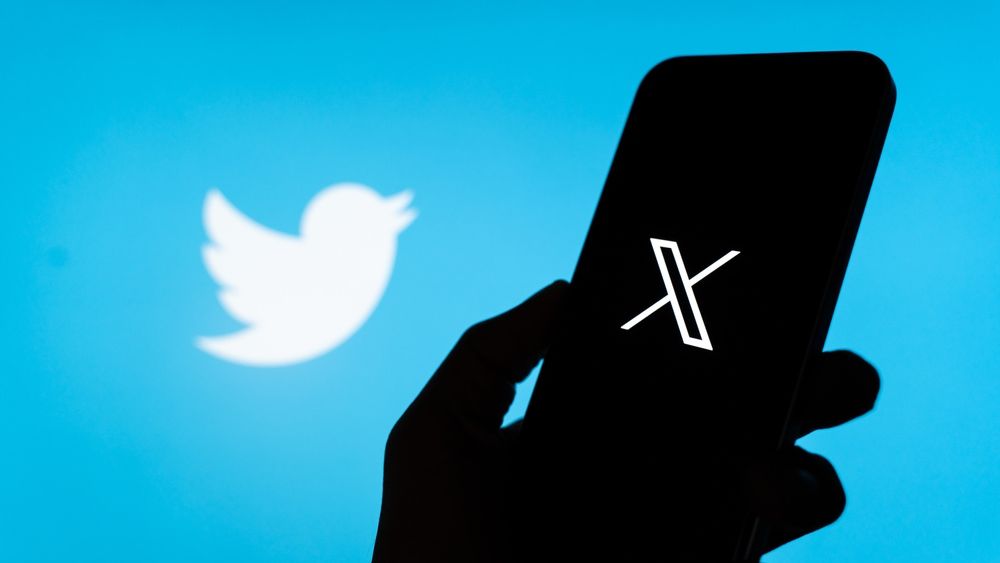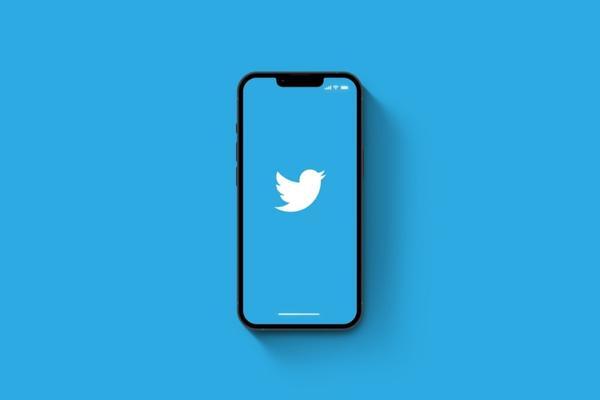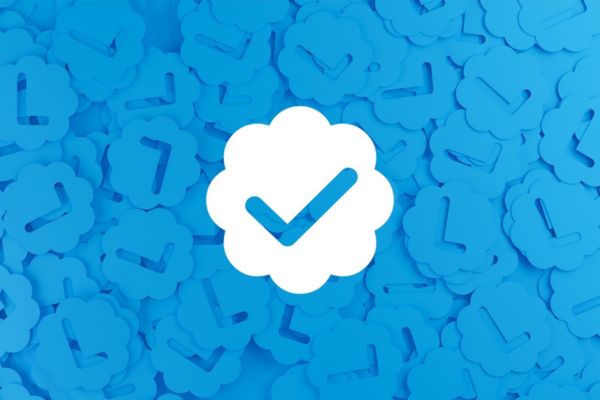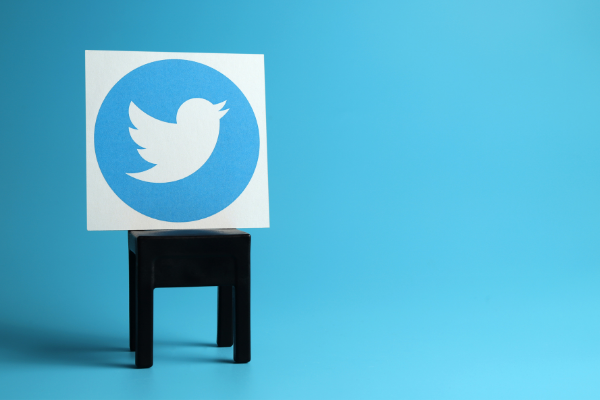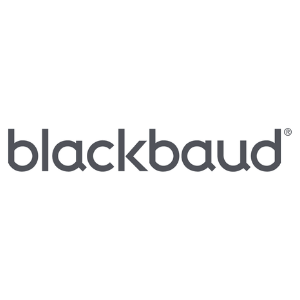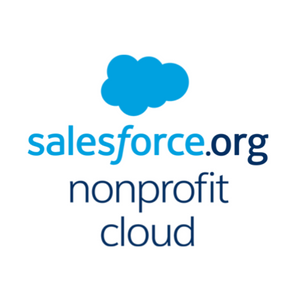Insights
INSIGHTS
All Topics
Is it time to abandon Twitter (X)?
15 Aug 2023by Elaine Taylor
We weigh up the pros and cons of X, reflect on the rebrand of Twitter, and explain the latest developments in the social media platform’s never-ending saga
One year ago, Twitter was one of the largest, most influential, and widely used social media platforms in the western hemisphere. Today, it is known as X. And by 2024, usage is predicted to drop by 32 million users.
The drop of X’s user base can broadly be attributed to Elon Musk’s takeover of the platform, which can only be described as less than smooth sailing.
Charities and organisations from all over the UK and further afield have been forced to reassess their usage and engagement with the platform, with ABC Australia (Australia’s national broadcaster) closing nearly all of their accounts earlier this month.
There are concerns around the platform’s stability and longevity, the morality of using a platform that has an ongoing association with the spread of false news, and the general feasibility of alternative options.
In this article, we weigh up the pros and cons of X (formerly Twitter).
The pros of using X
Rebrands have worked in the past
Rebranding comes with risk. But generally speaking, rebranding can be a smart and strategic business move. It’s how companies grow, innovate, and adapt. It can also be particularly beneficial if a business has undergone extreme scrutiny and is unlikely to recover from it.
Companies that have rebranded to greater success include Meta (formerly known as Facebook), Google (once known as “Backrub”), and Amazon (formerly Cadabra).
While Twitter’s overnight rebrand has certainly destroyed a good deal of brand value, many experts have predicted that, in the long run, X/Twitter will recover, and likely to greater success.
Musk has big plans for the X platform
According to Bloomburg, Musk intends to evolve the social media site from a public messaging service into an ‘everything app’, similar to the Chinese WeChat app. “The original name and blue bird logo made sense when the service was just 140 characters, ‘like birds tweeting,’” [Musk] said. “X is the future state of unlimited interactivity — centred in audio, video, messaging, payments/banking — creating a global marketplace for ideas, goods, services, and opportunities.”
If Musk’s rebrand is successful, and he achieves his goals, Charities that choose to step away from the platform risk missing out on being a part of those developments. Imagine a social media app that also allows users to set up recurring donations to their chosen charity with only the tap of a finger – it’s a design feature that could be possible with X.
Cons of using X
Usage is falling
The Twitter rebrand has felt shocking to many of its most loyal users. The announcement itself sparked scrutiny, confusion, and a multitude of memes and mockery. In fact, Tech Reporter Casey Newton described Musk’s approach as “an extended act of cultural vandalism”.
In fact, since the start of 2023, the platform’s many changes, reversions, and outages have distressed and annoyed users. It’s of little surprise that Cloudflare’s ranking of “the most popular websites in the world” (July 2023) revealed that Twitter/X has been in decline since the start of the year.
Twitter traffic tanking. https://t.co/KSIXqNsu40 pic.twitter.com/mLlbuXVR6r
— Matthew Prince 🌥 (@eastdakota) July 9, 2023
As usage continues to fall, charities risk investing valuable time and energy for poor return on investment if they choose to stick with Twitter/X.
The platform is in freefall
There is no denying that trust in Twitter/X has been irrevocably damaged. But beyond the drop in users, reports suggest that the technology behind the Twitter/X platform itself is a ticking time bomb.
Earlier this year, the platform’s workforce suffered a severe reduction from 7,500 employees to 2,000. The lack of engineering staff raises questions about how Musk intends to implement his big plans. It also means that there are less staff to monitor systems and catch minor glitches before they become major issues. Musk himself has previously called the platform “extremely brittle”.
Musk and the question of morality
The Twitter/X platform has had a long and ongoing association with the spread of misinformation. In 2018, M.I.T. published a study titled ‘On Twitter, false news travels faster than true stories’.
As late as November 2022, Musk disbanded Twitter/X’s ‘ethical AI’ team and Trust and Safety Council, which included organisations such as Samaritans and the UK Safer Internet Centre.
Much more recently, with the introduction of ‘Twitter Blue’, spasmodic, chaotic, and concentrated swells of misinformation became something of a trend on the platform. This timeline of events by TechCrunch, is helpful to understand where the platform stands today.
All charities are required to uphold the basic principles of integrity and openness. As time goes on, there is a real need for charities to assess the ethical and moral implications of their presence on Twitter.
Elaine Taylor
More on this topic
Recommended Products
Featured Products
Our Events
Charity Digital Academy
Our courses aim, in just three hours, to enhance soft skills and hard skills, boost your knowledge of finance and artificial intelligence, and supercharge your digital capabilities. Check out some of the incredible options by clicking here.

